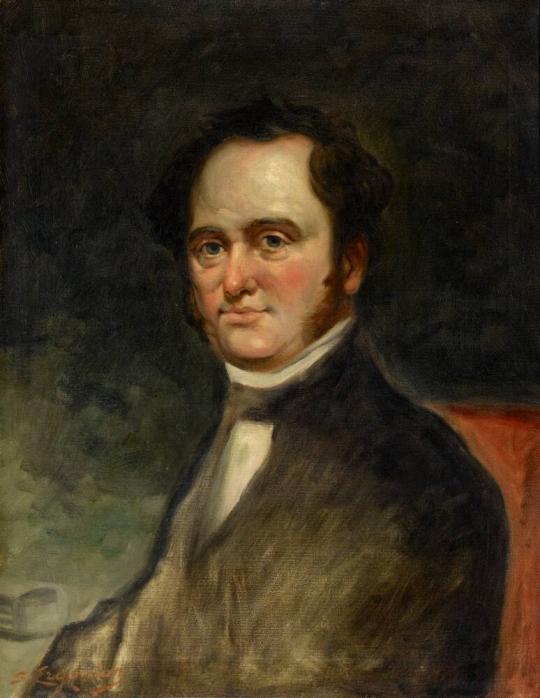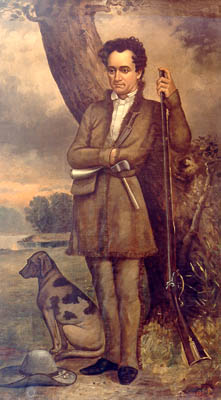Karankawa Indians: Legacy of Fort Bend
1820s Fort Bend County: Austin’s “Old 300” – In, Indigenous People – Out





The Skull Creek Massacre: February 1823 – Karankawa People – Mexican-Texas, USA




Austin told the colonists the Karankawa would be impossible to live among and continued to encourage violence both against and between native American tribes. This sentiment culminated in 1825 with his order for all Kawankawa to be pursued and killed on sight.
In 1823, at the behest of the newly independent Mexican government, Austin was named an empresario who could claim rich tracts of land to promote immigration.
He selected bays and river mouths along the Texas Gulf Coast populated by indigenous people: The Karankawa. The Karankawa, whose men were described as tall and muscular, relied on these bays for the fish and shellfish that provided their winter protein sources. They were fiercely protective of this land.
Upon scouting the land, Austin wrote that extermination of the Karankawa would be necessary. The deaths of two of Austin’s men and the critical wounding of another by the Karankawa helped spur this decision. He commissioned a captain to expel the Karankawa from the Austin land grant, leading to multiple attacks by the Europeans, including the Skull Creek massacre of 19 Karankawa in 1823.
For the Karankawas, the period from 1821 to 1859 was particularly devastating. Once thriving communities, the Karankawas were forced to flee or face further extinction. A small group of descendants survive today in Corpus Christi and Galveston
Educate. Honor. Heal. The Society of Justice & Equality for the People of Sugar Land (S.O.J.E.S.) is an independent, non-profit community organization dedicated to historic preservation and educating the community about the contributions of African Americans in the creation and progression of Sugar Land and Fort Bend County, Texas. This includes commemorating and memorializing the Sugar Land 95. sojesjustice.org

